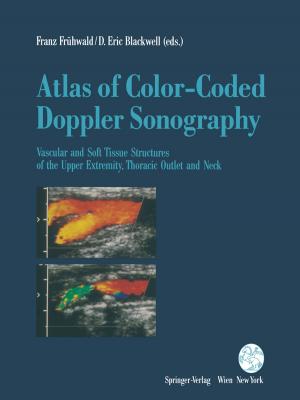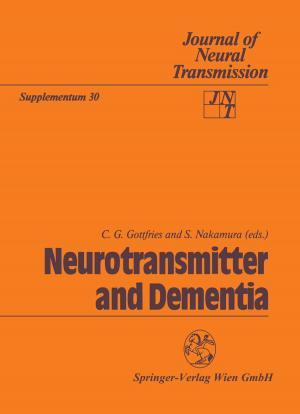Material Designs and New Physical Properties in MX- and MMX-Chain Compounds
Nonfiction, Science & Nature, Science, Chemistry, Organic, Technology, Material Science| Author: | ISBN: | 9783709113172 | |
| Publisher: | Springer Vienna | Publication: | December 13, 2012 |
| Imprint: | Springer | Language: | English |
| Author: | |
| ISBN: | 9783709113172 |
| Publisher: | Springer Vienna |
| Publication: | December 13, 2012 |
| Imprint: | Springer |
| Language: | English |
This is the first book to comprehensively address the recent developments in both the experimental and theoretical aspects of quasi-one-dimensional halogen-bridged mono- (MX) and binuclear metal (MMX) chain complexes of Pt, Pd and Ni. These complexes have one-dimensional electronic structures, which cause the various physical properties as well as electronic structures. In most MX-chain complexes, the Pt and Pd units are in M(II)-M(IV) mixed valence or charge density wave (CDW) states due to electron-phonon interactions, and Ni compounds are in Ni(III) averaged valence or Mott-Hubbard states due to the on-site Coulomb repulsion. More recently, Pd(III) Mott-Hubbard (MH) states have been realized in the ground state by using the chemical pressure. Pt and Pd chain complexes undergo photo-induced phase transitions from CDW to MH or metal states, and Ni chain complexes undergo photo-induced phase transitions from MH to metal states. Ni chain complexes with strong electron correlations show tremendous third-order optical nonlinearity and nonlinear electrical conductivities. They can be explained theoretically by using the extended Peierls-Hubbard model. For MMX-chain complexes, averaged valence, CDW, charge polarization, and alternating charge polarization states have been realized by using chemical modification and external stimuli, such as temperature, photo-irradiation, pressure, and water vapor. All of the electronic structures and phase transitions can be explained theoretically.
This is the first book to comprehensively address the recent developments in both the experimental and theoretical aspects of quasi-one-dimensional halogen-bridged mono- (MX) and binuclear metal (MMX) chain complexes of Pt, Pd and Ni. These complexes have one-dimensional electronic structures, which cause the various physical properties as well as electronic structures. In most MX-chain complexes, the Pt and Pd units are in M(II)-M(IV) mixed valence or charge density wave (CDW) states due to electron-phonon interactions, and Ni compounds are in Ni(III) averaged valence or Mott-Hubbard states due to the on-site Coulomb repulsion. More recently, Pd(III) Mott-Hubbard (MH) states have been realized in the ground state by using the chemical pressure. Pt and Pd chain complexes undergo photo-induced phase transitions from CDW to MH or metal states, and Ni chain complexes undergo photo-induced phase transitions from MH to metal states. Ni chain complexes with strong electron correlations show tremendous third-order optical nonlinearity and nonlinear electrical conductivities. They can be explained theoretically by using the extended Peierls-Hubbard model. For MMX-chain complexes, averaged valence, CDW, charge polarization, and alternating charge polarization states have been realized by using chemical modification and external stimuli, such as temperature, photo-irradiation, pressure, and water vapor. All of the electronic structures and phase transitions can be explained theoretically.















